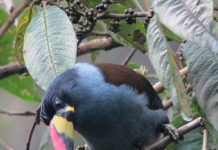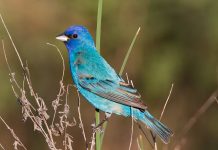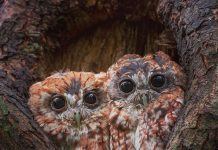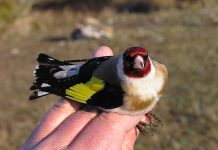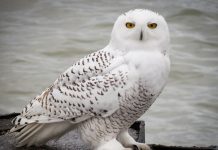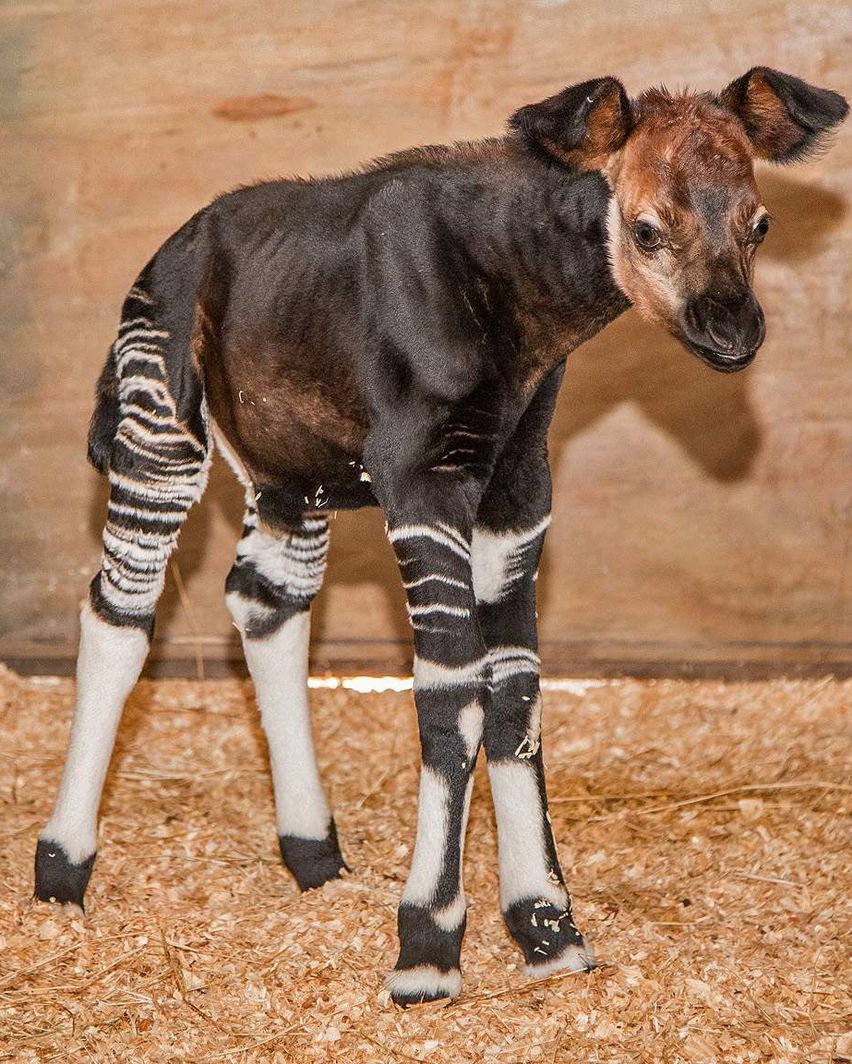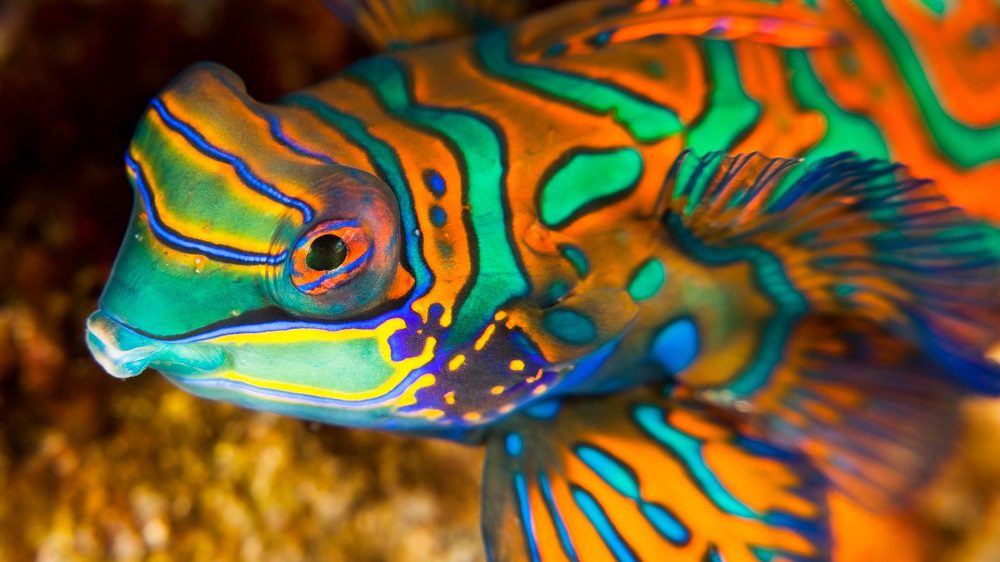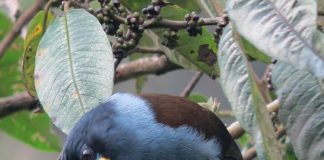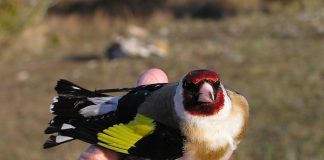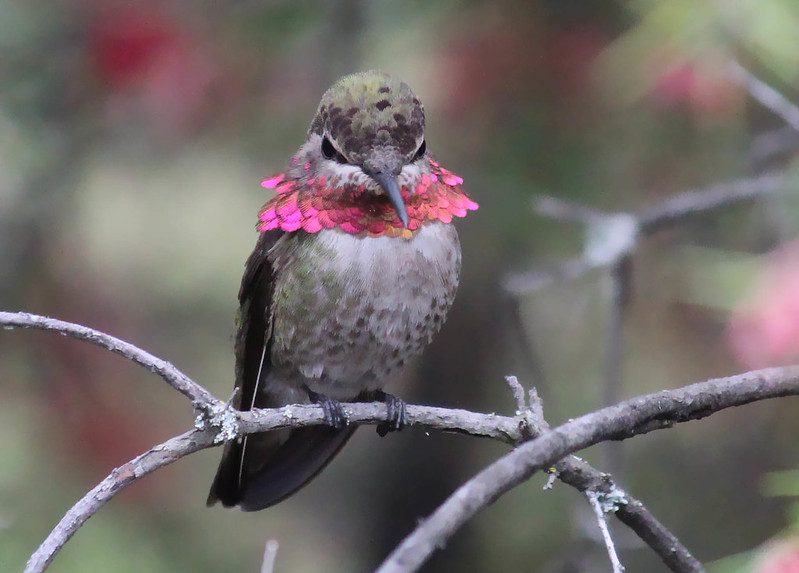
Introduction
The biological Trochilidae includes Hummingbirds, which are native birds of America. The smallest birds measure 7.5-13cm (3-5in) in length. The smallest extant hummingbird species, measuring just 5 cm (2.0 inches), weighs only 2.0 g (0.07 Oz). The 23 cm (9.1 inches) giant Hummingbird is the largest hummingbird species, weighing between 18-24g (0.63 to 0.85 oz).
They are known as hummingbirds due to the humming sound created by their beating and flapping wings, which flap at high frequencies audible to humans and other animals. They can hover in midair at high wing-flapping speeds, ranging from 12 beats per second for the largest species to over 80 for the smallest.

The top speeds of the hummingbirds measured in wind tunnels are over 15 m/s (54 km/h/34 mph), while a few species can dive at speeds greater than 22 m/s (79) km/h/49 mph).
The highest mass-specific metabolism, or metabolic rate, of any homeothermic species is possessed by the Hummingbird. They will go into torpor to conserve energy and reduce their need to forage. Their metabolism will slow to 1/15th its normal rate.
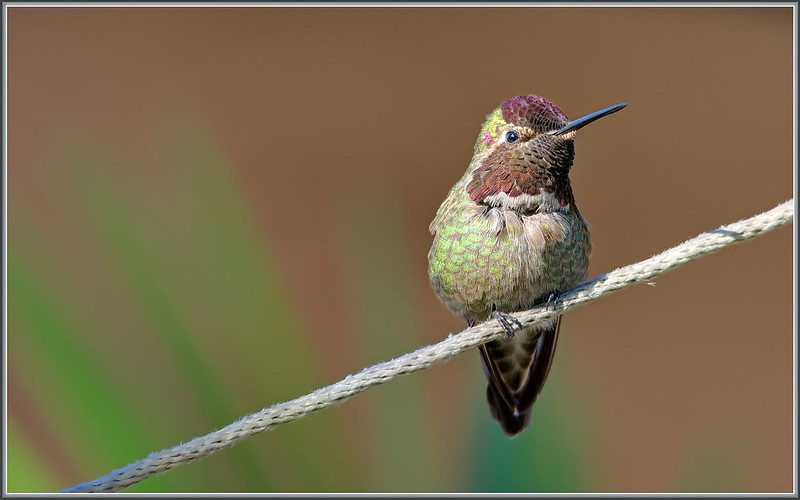
Hummingbird Wingbeats and flight stability
Wild hummingbirds hover at a maximum rate of 88 beats per minute. This record was won by the Purple-throated Woodstar (Calliphlox mitchellii), weighing 3.2 grams.
While hovering in courtship or mating displays, the number of beats per second increases beyond “normal.” Wingbeats can reach up to 90 beats/second for the Stellula calliope hummingbird. This is 40% more than its usual hovering rate.
Hummingbirds can maintain their head position and orientation when they hover at feeders in turbulent airflow conditions. Hummingbirds adjust to wind gusts by increasing their stroke angle and wing-stroke amplitude.
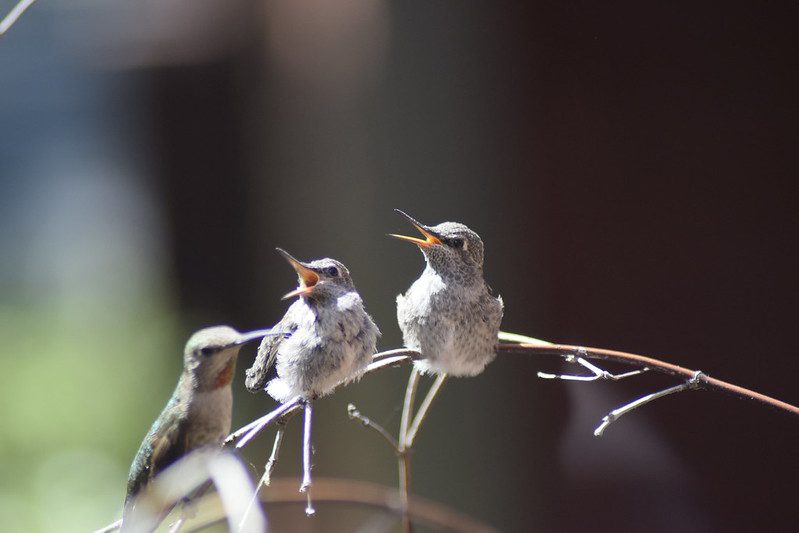
They alter these parameters in asymmetrical ways between the wings and each stroke. This changes the orientation and makes the tail feathers fan-like.
The Hummingbird’s sense system can distinguish between apparent movements caused by its direction and motions caused externally, such as an approaching predator, while hovering. Hummingbirds can hover in place quickly and steadily in natural environments with complex background motion.
Hummingbird Song and vocal learning/mimicking
Hummingbird songs are composed of chirps and whistles as well as buzzes. They originate from at least seven nuclei in the forebrain. These nuclei enabled vocal learning, which is the ability to acquire vocalizations by imitation.
This rare trait has been discovered in only two other bird groups (parrots or songbirds) and a few mammals (including humans, whales, and dolphins).
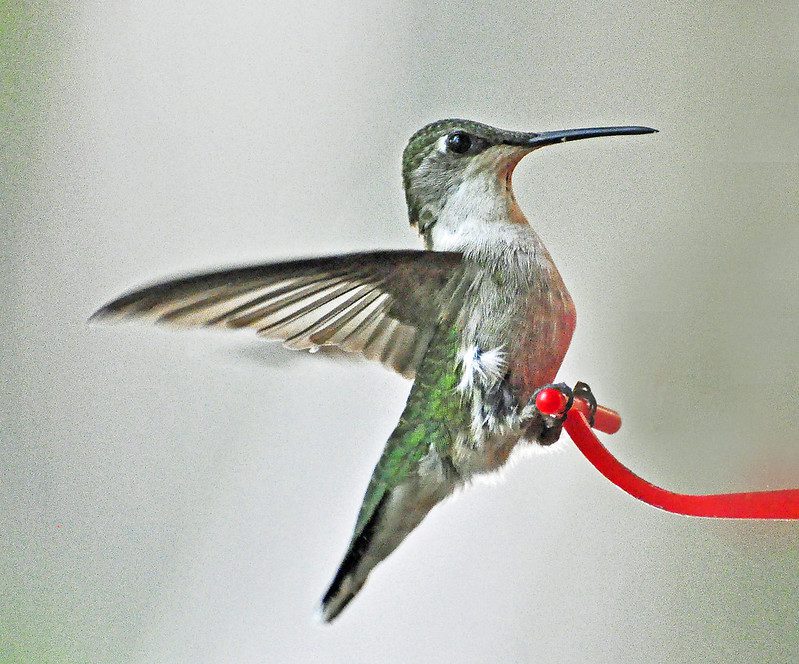
Only hummingbirds and songbirds have evolved seven similar forebrain structures in the past 66,000,000 years. This suggests that these structures may have been developed independently by hummingbirds, parrots, or other bird orders.
Blue-throated hummingbirds’ song is different from other oscine songs due to its wide frequency range. It can be heard from approximately 1.8 kHz up to 30 kHz. Ultrasonic vocalizations are also produced, but they don’t work in communication.
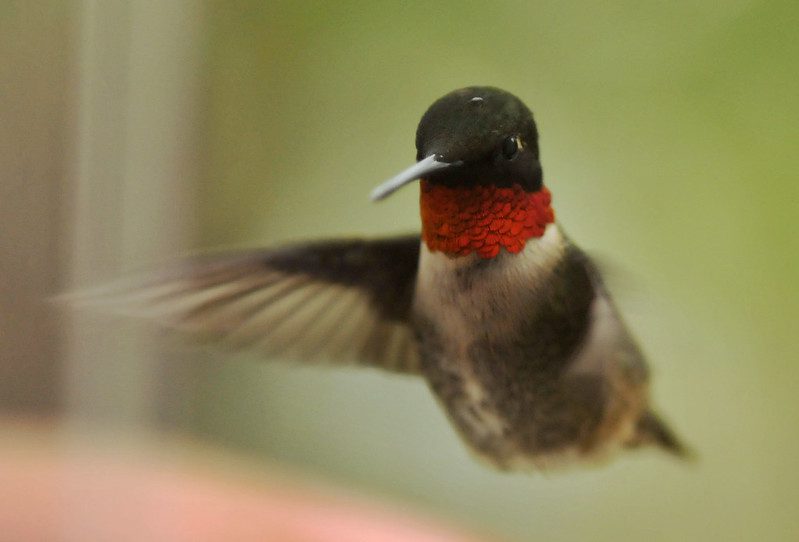
Blue-throated Hummingbirds are known to alternate between singing and catching small flying insects. The ultrasonic clicks produced during singing can disrupt insect flight patterns, making them more vulnerable to predation.
The syrinx is an integral part of understanding hummingbird song production. The hummingbirds’ syrinx is different from other Apodiformes birds. It has an internal muscle structure, accessory cartilages, and an oversized Tympanum, an attachment point to external muscles. These adaptations are believed responsible for the bird’s enhanced pitch control and large frequency range.
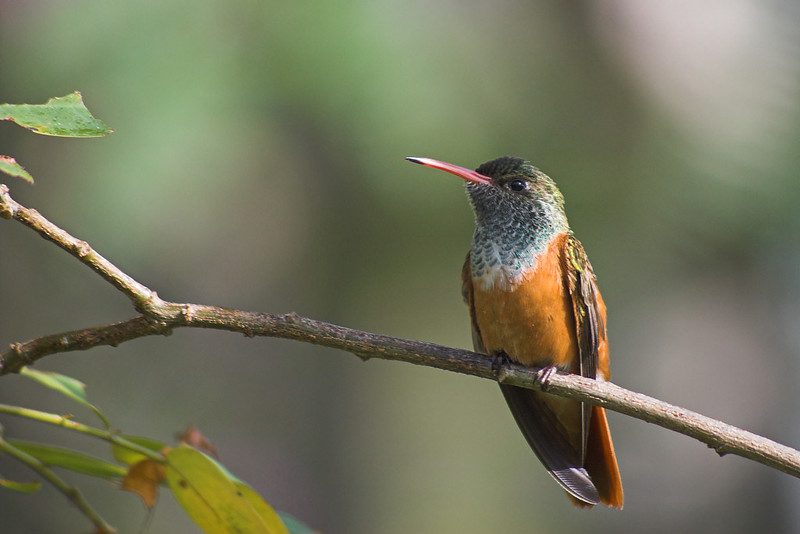
For an organism with such rapid metabolism, hummingbirds live remarkably long lives. Many Hummingbirds die within their first year, particularly during the vulnerable period between hatching, fledging, and dying. However, some may live for a decade or more. The average lifespan of North American species is between 3 and 5 years.
The smallest shrews, among the smallest mammals, rarely live more than two years. A female broad-tailed hummingbird, banded as an adult at a minimum of one year and then recaptured eleven years later, has the longest documented lifespan in the wild. She is now at least 12 years old.
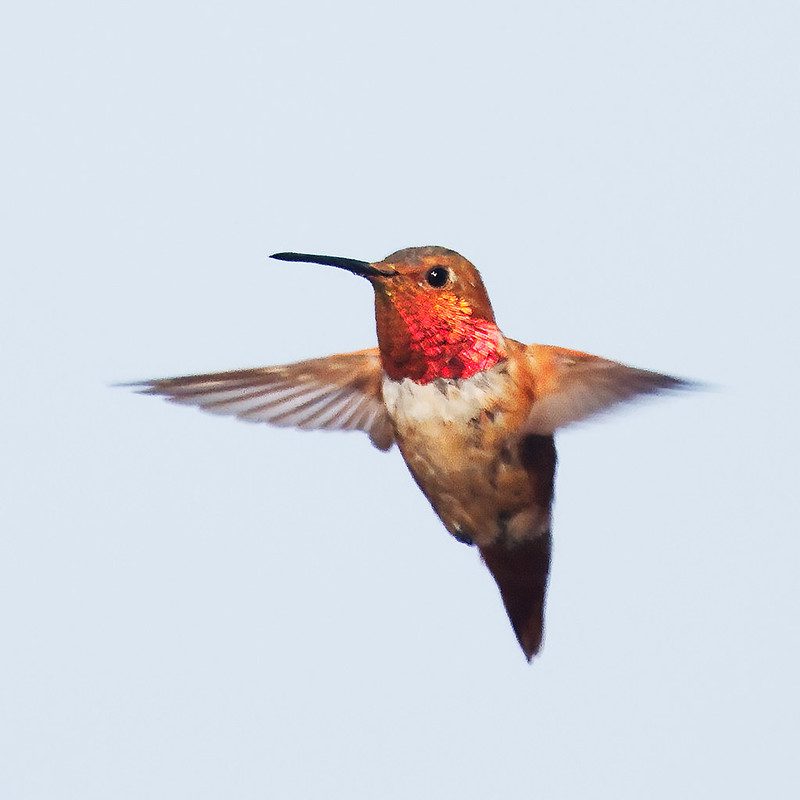
Another record for longevity for banded Hummingbirds is an estimated minimum age of 10 years, one month for a male black-chinned and a smaller Buff-bellied. Because of their small size, they are often prey to insects and spiders, especially praying mantises.
Hummingbird Reproduction
According to what we know, male hummingbirds do not nest. Most species construct a cup-shaped nest on a branch or tree, but some tropical species attach their nests to leaves. The size of the nest depends on its species. It can be smaller than half a walnut shell or larger.
Many hummingbird species use spider silk and lichen to secure their nests. Because of its unique properties, silk allows the nest to expand with the development of young hummingbirds.
Two white eggs are laid. This is a large number relative to the adult size of the Hummingbird, despite it being the smallest of all bird eggs. Depending on the species and the female’s attentiveness to the nest, incubation can last 14 to 23 days. The mother feeds them small arthropods by inserting her hand into the nestling’s open mouth and then regurgitating it with nectar.
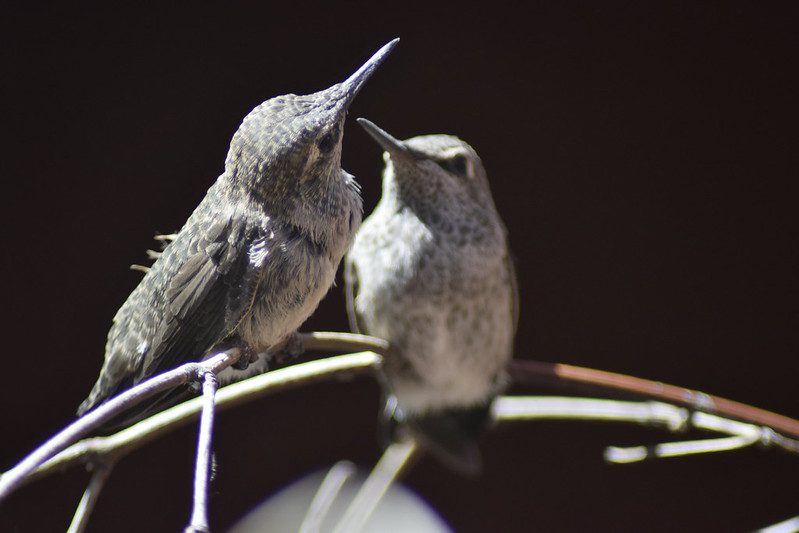
The nest is home to hummingbirds for 18-22 days. After that, they can leave the nest to go foraging. However, the mother bird may continue to feed them for up 25 days.
Hummingbird Migration
Most North American hummingbirds migrate south in autumn to winter in Mexico, Central America, and the Caribbean Islands. Many species from southern South America also migrate north to the tropics in the south winter. A few species live year-round in Florida, California, or the far southwestern desert areas of the United States.
These include Anna’s Hummingbird (a common resident from southern Arizona and inland California) and the Buff-bellied Hummingbird (a winter resident from Florida, across the Gulf Coast to South Texas).
The Atlantic Flyway is home to Ruby-throated Hummingbirds. They migrate from Atlantic Canada in summer to Mexico, South America, and Texas in winter. In south Louisiana, you will find black-chinned and Buff-bellied calliopes, Allen’s, Annas, ruby-throated hummingbirds, and broad-tailed, broad-tailed, and broad-billed hummingbirds during winter months.
The rufous Hummingbird breeds further north than other species. It often breeds in large numbers in temperate North America and then winters in increasing numbers along Florida’s coasts and the subtropical Gulf of Mexico.
The rufous Hummingbird migrates north in spring, as far as the Yukon or south Alaska. It nests further north than other species of hummingbirds and can tolerate temperatures down to freezing. It can survive below-freezing temperatures as long as it has adequate shelter and food.
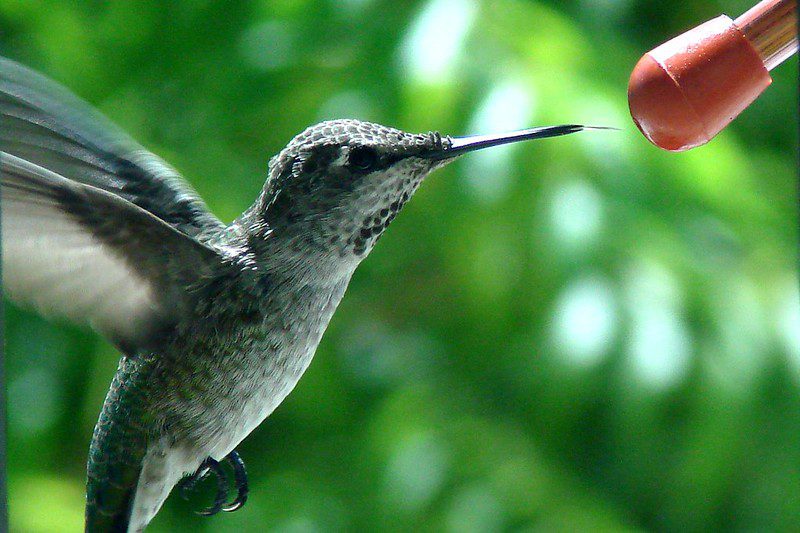
The longest known migratory trip of any bird is the one made by the rufous Hummingbird, as measured by the displacement of its body size. At just over 3 inches long, rufous birds travel 3,900 miles one-way from Alaska to Mexico in late summer, a distance identical to 78,470,000 body lengths.
The Arctic tern, measuring thirteen inches long, makes a one-way flight of approximately 11,185 miles. Just 65% of the body displacement occurs during migration by rufous Hummingbirds.
The Pacific Ocean flyway is where rufous hummingbirds migrate north. It may be time-coordinated with flower and tree leaf emergence in spring in early March and insects’ availability as food. It can endanger breeding opportunities if nectar from mature flowers arrives before the breeding grounds.

Specializations and diets for food gathering
Hummingbirds can eat many insects for nutrition and food. Hummingbirds have a flexible lower beak that can bend at least 25 degrees to catch insects. Hummingbirds hover in insect swarms to aid feeding. This is called “hoverhawking”.
Hummingbirds consume nectar, which is a sweet liquid found in individual flowers. This helps them to get their energy needs met. They can assess the sugar content of nectar and will reject flowers with less than 10% sugar.
Hummingbirds may need to eat insects to get their nutrition.
Hummingbirds don’t fly a lot because it would be too expensive. Instead, they spend most of their time sitting or perching. Hummingbirds consume small meals throughout the day; around 50% of their body weight is in nectar. If nectar contains 25% sugar, they will consume twice as much nectar each day.
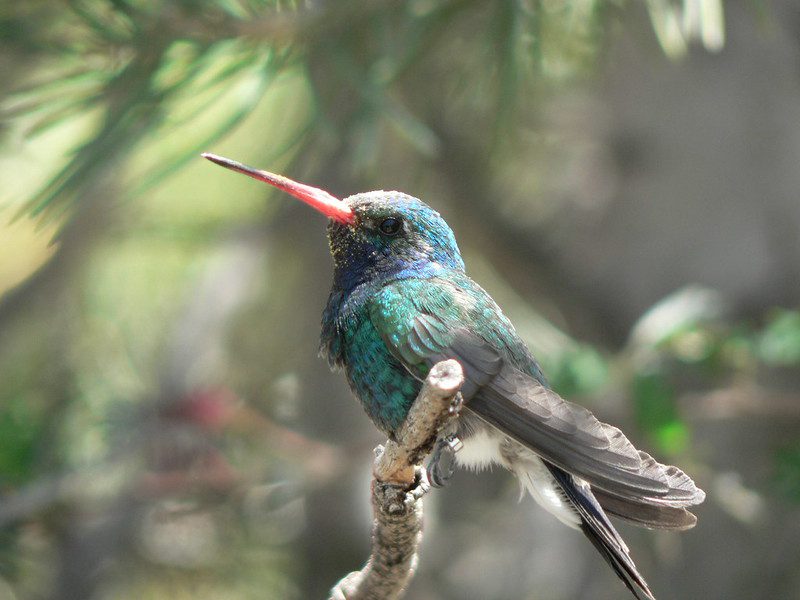
Because of their small size and metabolism, Hummingbirds can quickly digest their food. A mean retention time of less than an hour has been reported. Hummingbirds typically spend 10-15% of their time eating and 75-80% digesting.
Hummingbirds’ high metabolism means they are susceptible to starvation. Hummingbirds can be territorial, and some species, such as those found in North America, can defend food sources (such as a hummingbird feeder) from other hummingbirds. This ensures that the bird has a future food supply.
Hummingbirds also have an enlarged hippocamp, a brain region that facilitates spatial memory. This allows them to map flowers they’ve visited previously during nectar foraging.
Flexible and able to bend, the beaks of hummingbirds can be bent, and their shapes can change dramatically for specialized feeding. Some species, like hermits, have long bills which allow them to dig deep into flowers with their long corollae.
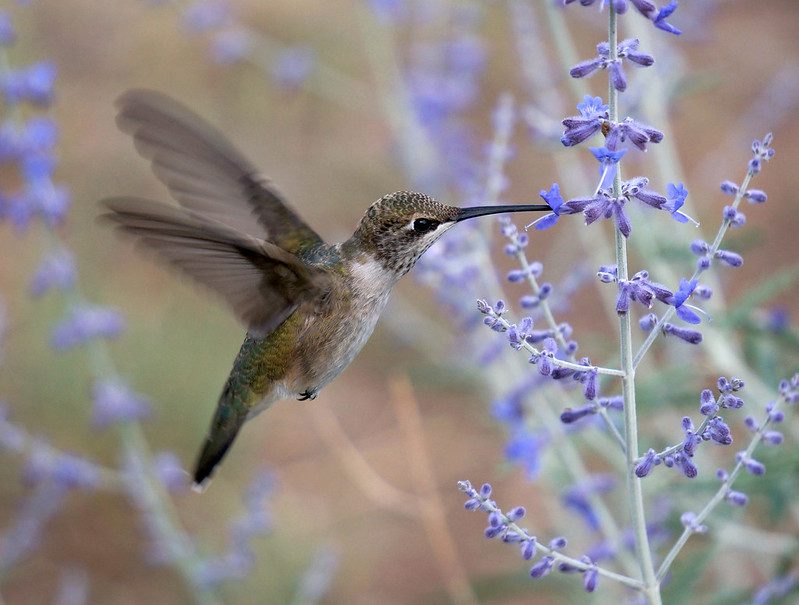
Thornbills are characterized by their short, sharp bill. They can pierce the bases of longer flowers and feed on flowers with shorter corollae. The highly decurved bills of the sicklebills are designed to extract nectar from the curving corollae of the Gesneriaceae flowers. The tip of the bill of the fiery-tailed Awlbill is upturned. The male tooth-billed Hummingbird has spike-like barracuda-like features at the ends of its long straight bill.
Hummingbirds have two halves, and the lower half of their bill (mandible) fits tightly within the upper half (maxilla). The bill is usually only slightly opened when a hummingbird is eating nectar. This allows the tongue to move outwards and into the flowers.
A hummingbird’s bill is approximately five to one hundred millimeters (about 4 inches). Hummingbirds catch insects in flight by flexing their jaws downward. This allows them to capture more effectively.
Hummingbird Food, Feeders & artificial nectar
Hummingbirds are wild and feed on nectar, 55% sucrose (24%) glucose, and 24% glucose on a dry-matter base. Bird feeders provide sugar water for hummingbirds.
The Best Homemade Hummingbird Food Recipe
- 1 warm cup of water (not boiling)
- 1/4 cup of sugar
- Mix the water and sugar, and then put the mixture in a jar. Pour the mix into a dish and place it in the garden in your hummingbird feeder or bowl. When you put the mixture out, watch for hummingbirds to come by and drink from it.
- You can purchase Hummingbird Feeders from eBay Here.
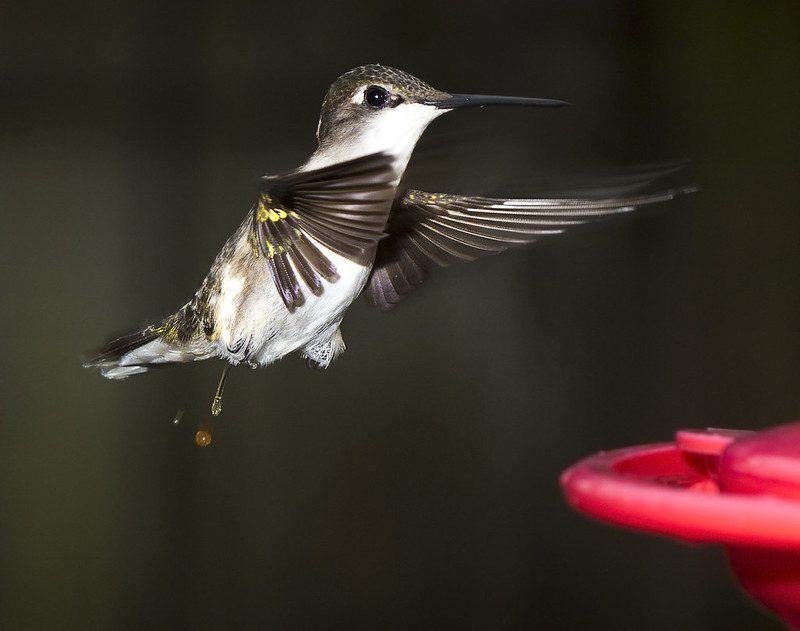
Such feeders allow people to watch and get personal with hummingbirds up close while providing the birds with a reliable energy source, especially when flower blossoms are less abundant. Artificial feeders can be a problem because the birds might seek out less flower nectar to feed them, reducing the natural pollination they receive.
Hummingbird feeders should only use white sugar as a sweetener. The most common recipe is 1 part sugar to 4 portions water. This gives you a 25% concentration. However, the hummingbird species will defend feeders with greater force if the sugar content is 35% or higher.
Iron can be dangerous in both “raw” and organic sugars. Therefore, avoiding raw sugar, brown sugar, agave syrup, or molasses is best. Bees make honey from the nectar of flowers. However, it shouldn’t be used in feeders as microorganisms can quickly grow and cause it to spoil quickly.
It was once believed that red food dye could be used in homemade remedies. However, it is now considered a waste of time and not necessary to be added to nectar. Although some believe red dye may harm birds, this has not been proven scientifically.
Hummingbird food sold as “instant nectar” and “hummingbird food” can contain artificial flavors, preservatives, and unnecessary dyes. The long-term effects on hummingbirds from these additives have not been studied. Although certain commercial products may contain small amounts, hummingbirds get all the nutrients they need from the insects they eat.
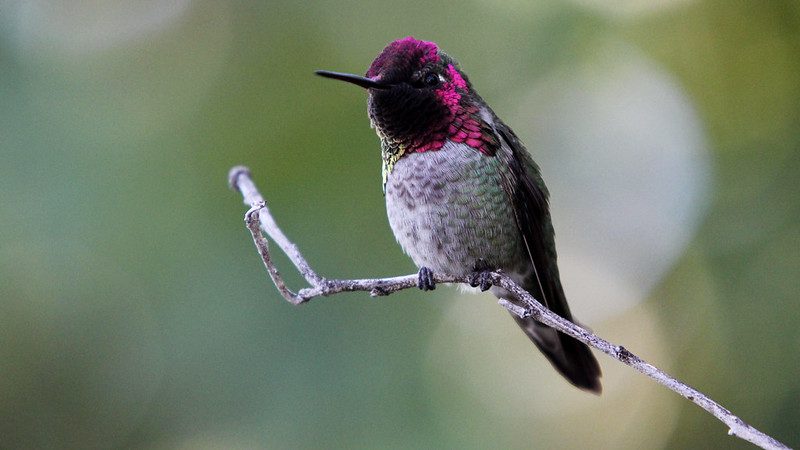
Other animals also visit hummingbird feeders. The sugar water attracts bees, wasps and ants. They will crawl into the feeder and become trapped, drowning. Hummingbird feeders are often emptied by larger animals such as orioles and woodpeckers.
Two nectar-drinking bat species (Leptonycteris Mexicana and Choeronycteris mexicana) visit hummingbird feeders in the southwest U.S.A. to supplement their natural nectar and pollen diets of agaves and saguaro Cacti.
Hummingbird’s Food In Nature
The birds feed on honey produced by bees or collected from flowers. They also sometimes eat tiny invertebrates, usually when the insects are immobile. Insects and nectar form the main part of their diet.
When feeding, the hummingbirds use their long, extendible tongue to suck up the food and swallow it.
The tongue is attached near its tip to the sternum. The hummingbird’s tongue is long and tipped with a grooved, brush-like structure that traps nectar.
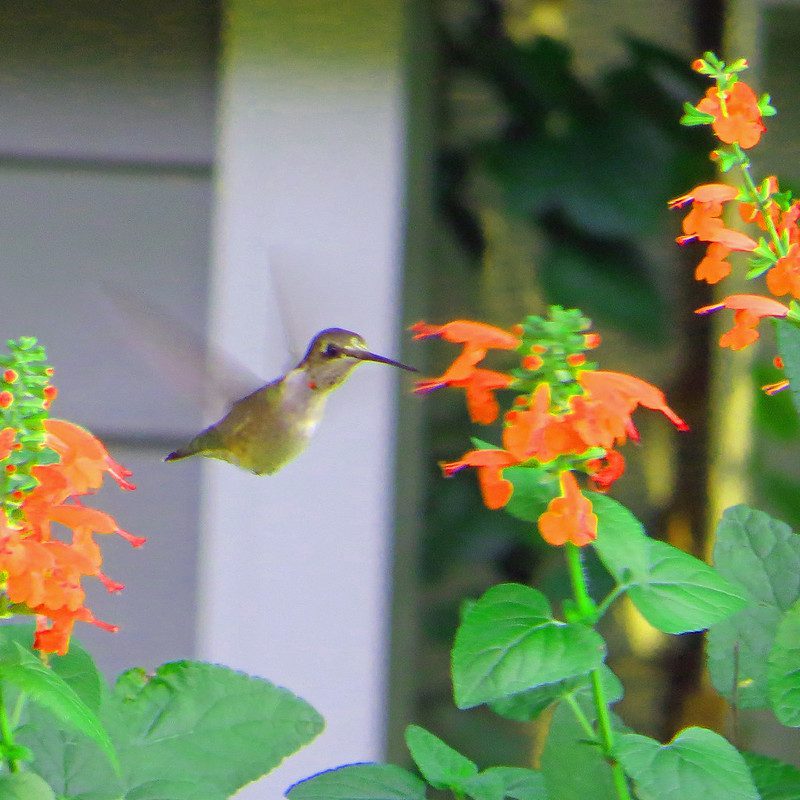
They eat half of their weight in nectar every day. To support this high energy requirement, hummingbirds have evolved many adaptations, including specialized morphology such as spindly legs and a long, slender bill.
Hummingbirds also feed on small arthropods caught in flight or gleaned from vegetation, consisting of ants, aphids, bees, and other Hymenoptera (two species have been documented feeding on the blood of mammals), beetles, bugs, butterflies, and moths; spiders; flies; and orthopterans.
According to some sources, the hummingbird’s diet may occasionally include small amounts of insects and spiders. However, this could only be occasional as it could not live off that alone due to its very high metabolisms; a diet consisting mostly of insects would also require much more food than an insectivorous bird of its size. It would also not digest very well at that speed since a one-ounce bird cannot carry much volume for the stomach or gizzard to grind food.
Nectar is stored in a particular part of the digestive system called the crop. En enzymes can rapidly convert it into energy when no other nutrients are available.
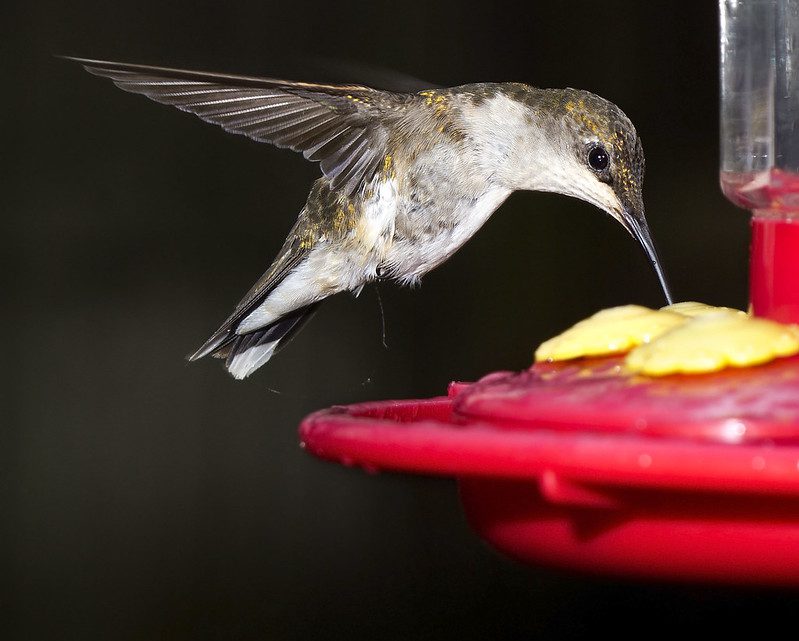
Hummingbirds Myth & Culture
Aztecs wore both hummingbird-themed talismans and fetishes made of actual hummingbird parts. They were emblematic of their vigor, energy, and propensity for doing work.
Hummingbird talismans were valued for their ability to draw sexual potency, energy, and skill at war and peace to the wearer.
Huitzilopochtli is often depicted as an Aztec god of war. Hummingbirds and butterflies are believed to be how fallen soldiers would return to Earth. Nahuatl’s word huitzil, which means “hummingbird,” is an onomatopoeic term derived from the Hummingbird’s wings and zooming flight sounds.
Hopi and Zuni cultures have a myth about a young sister and brother starving due to drought and famine. The boy and his parents have moved to find food, so he carves some wood into a bird for his sister.
The bird becomes a hummingbird when the girl throws the carving into the air. The tiny bird then flew to the God Of Fertility, asking for rain. This helps the crops grow again.
Trinidad and Tobago are known as “The Land of the Hummingbird” and feature a hummingbird on its coat of arms, 1 cent coin, and its national airline Caribbean Airlines emblem.
Hummingbird Facts
- Hummingbirds can fly backward and sideways but not upwards.
- While most birds flap their wings up and down, hummingbirds beat their wings from side to side instead. These sideways wingbeats make it so that they cannot fly upwards but can hover and fly backward and forward just fine. This also allows them to go in any direction without having to face that direction.
- Hummingbird wings move tremendously fast, beating up to 80 times per second! This is a necessary adaptation for these birds because they need to fly so quickly to flap their wings enough to stay in the air. This high flapping rate also allows the bird’s tiny size and lightweight as it helps generate lift faster.
- Hummingbirds do not flap their wings for long because it is too energy consuming. They conserve as much energy as possible by performing many small glides instead of one continuous flapping motion. This also allows them to fly silently and gives predators less chance to hear them coming.
- Hummingbird wings move so quickly that scientists use a hummingbird-like wing model and high-speed videos to test new airplane wing designs. The hummingbird-like wings were 20% more efficient than traditional designs!
- Hummingbirds are not the only birds that can fly like this. Bees and dragonflies also beat their wings from side to side. The difference is that they have four wings instead of just two.
- This flying method also allows hummingbirds to fly faster than 40 miles per hour! This quick speed helps them catch their prey, especially when it comes to insects, by chasing after them with their beaks open and then eating the bugs in midair.
- Hummingbirds are true marvels because of their unique flying style. They can even fly in different directions without facing that direction with their sideways beating wings. This allows them greater flexibility and maneuverability as they go through the air, making these little creatures one of a kind!






































